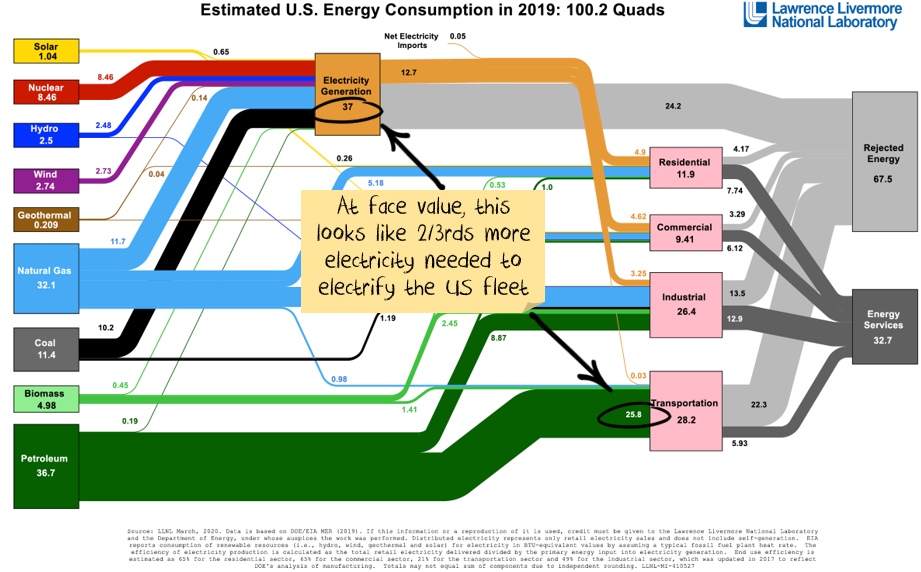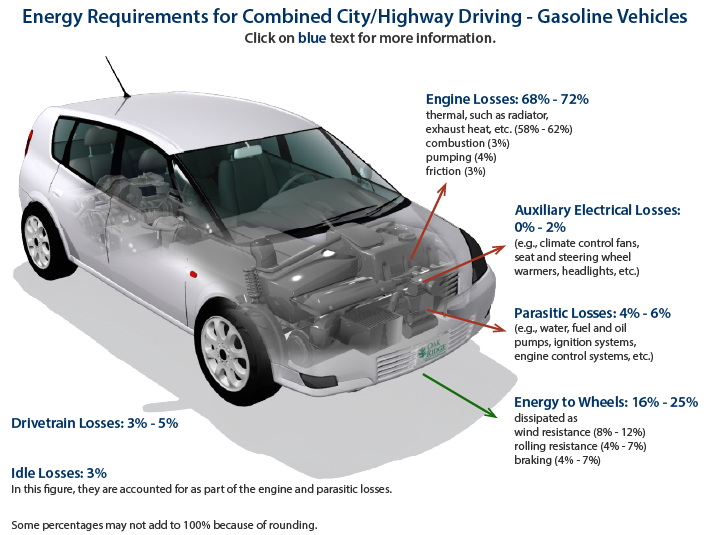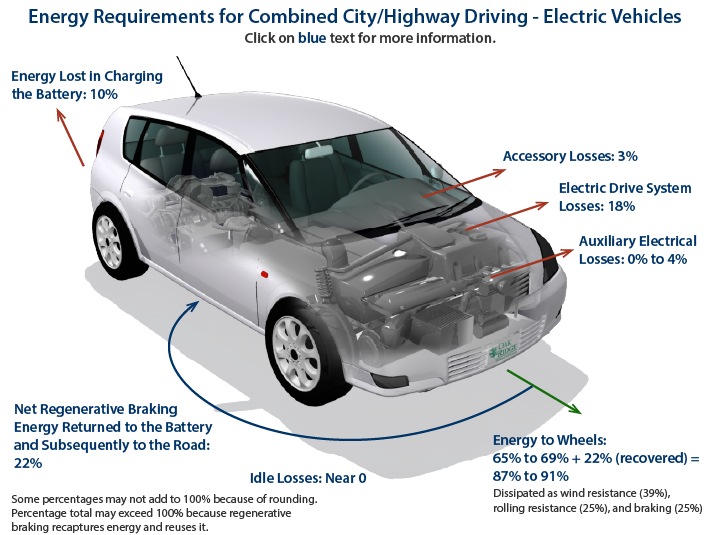There has been a lot of talk lately about electric vehicles and their impact on the electricity grid. Some say we can’t transition to renewable energy because electric cars will swamp the grid with demand. GMO’s Grantham was the latest of a long line who are concerned:
Perhaps the last great irony of the fossil fuel era will be that going off fossil fuels in the long run will require using one more spurt of fossil fuels in the short run. The quicker we convert our power grid, the worse the energy squeeze will be, and we cannot risk moving slowly.
I can’t make the numbers add up to anything like a problem. I have never seen anyone who claims the grid can’t handle a transition to electric vehicles express the problem in numbers that make sense to me.
Let me show you my numbers roughly. Hit me up in the comments if you can show me where I have gone wrong.
Misleading data
I’m going to use the US as my example. The annual distance travelled in the US per person is much higher than in other countries, so other countries will find the transition easier.
I think where most go wrong is looking at this chart:

But this chart is in units that are not comparable. It measures energy input. It doesn’t account for efficiency.
Setting a high hurdle for electric vehicle sales
I’m going to start with the heroic assumption that every new car sold will be an electric vehicle until the entire fleet is replaced. The US sells about 17m vehicles per year. There are approximately 290m cars registered in the US. So we are already talking about more than 17 years to replace every internal combustion engine.
Estimation method 1: Total electricity grid energy usage
The key here is that internal combustion engines are really (really) inefficient compared to electric vehicles. Check these:


Looking at the US energy consumption chart above:
- The US uses about 26 quads of oil energy for transport, 22 if you exclude planes.
- But, that only translates to about 4.4 quads (22 quads x ~20% energy to wheels efficiency) of mechanical energy because cars are so inefficient.
- So, you only need 4.9 quads (4.4 at ~89% energy to wheels efficiency) of energy from the grid to get the same mechanical energy from an electric vehicle.
4.9 quads vs total electricity = a 13% increase in the grid. Spaced over 17 years. i.e. the grid needs to grow less than 1% per annum. It is not a problem.
Sound too good to be true? I thought it did. So I looked at it another way.
Estimation method 2: Bottom-up electricity grid energy usage
- The US total vehicle distance travelled is around 5.85 trillion km per year.
- An electric vehicle uses about 15 kWh per 100km.
- This means we are going to need 0.9 trillion kWh of electricity.
0.9 trillion kWh vs current US net generation of 4.1 trillion = a 21% increase in the grid. Spaced over 17 years. i.e. the grid needs to grow slightly more than 1% per annum.
Plus, in both calculations, I haven’t accounted for electricity savings from oil refining that will no longer be needed.
Is household energy use the bottleneck?
What if we limit the increased usage just to households, in case that is where the problem is? While there is <2% extra annual power needed in both of the above calculations, there may be a problem if this increased capacity is concentrated in households that may need major power grid changes to cope. Thus:
- An electric vehicle uses about 15 kWh per 100km
- The average US driver drives 14,000mi or 25,000km per year
- To be very conservative, assume 80% of charging is done at home
- There are about 1.9 cars and drivers per household.
- So, each household is going to need 5,685 kWh more power per year
- The average household use at the moment is 10,715 kWh/year, which means it will consume 53% more electricity, or ~3% annual increase over 17 years.
So, it looks like considerably more change to household power. But still, we are talking about 3% per year change, not a tall order. And, rooftop solar is meaning that more energy is being created at households already.
Wrap up
How fast would you need to grow the electricity grid if you banned the sale of any internal combustion engine vehicle? One method says a little less than 1% per annum, the other says a little more than 1%. Say the numbers above are out by 100%, then we are still only talking about a 2% per annum increase in the grid size needed.
Sure there are issues with how the power is generated, fast charging requirements, whether production could keep up, and a host of other short-term frictions.
But the overall size of the problem is just not as significant as it’s made out to be.
————————————————-
Damien Klassen is Chief Investment Officer at the Macrobusiness Fund, which is powered by Nucleus Wealth.
Follow @DamienKlassen on Twitter or Linked In
The information on this blog contains general information and does not take into account your personal objectives, financial situation or needs. Past performance is not an indication of future performance. Damien Klassen is an Authorised Representative of Nucleus Advice Pty Limited, Australian Financial Services Licensee 515796. And Nucleus Wealth is a Corporate Authorised Representative of Nucleus Advice Pty Ltd.